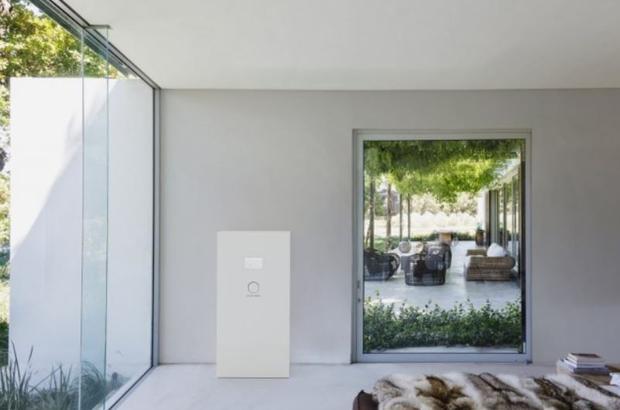In the last ten years, the amount of electricity generated by renewables in the U.S. has more than doubled, according to the Energy Information Administration (EIA). Most of the increase came from wind and solar sources.
In January 2019, the EIA forecast that renewables, including wind, solar and other nonhydroelectric renewables would be the fastest-growing slice of the electricity portfolio for the next two years. But as Scientific American points out, due to the intermittent nature of these sources, electric utility companies need a way to store excess energy for when the winds are calm and the sun isn’t shining.
There is a certain amount of urgency now to further research and development into long-term energy storage. There are several technologies, like lithium-ion batteries that are finally poised to be more than just a bit player in the electric grid.
A polar vortex was a perfect test
It takes an extreme weather event for us to find out how well our power grid really works. The Polar Vortex from Jan. 27 to Feb. 2, in the Midwest and the Northeastern U.S. this year, provided some interesting data that will be very helpful in improving the grid.
To make a long story short, Energy consulting firm Wood Mackenzie used the opportunity of this event as a chance to measure demand on the power grid. Their study took a look at how various forms of energy performed, including projections of how resources would fare in a 100 percent renewable energy scenario.
In an interesting conclusion, Wood Mackenzie said that even if wind and solar were scaled up to produce as much power as the electrical grid supplies now, many people would have been left without power for several hours each day without additional energy storage capacity.
Basically, this means that if the U.S. is to hit a target of 100 percent renewable energy, we would need a significant amount of energy storage, and we are talking about 18 to 40 hours or more, as long as there were no gaps in transmission.
Pumped storage hydropower and gravity storage
Pumped-storage hydropower (PSH) is a type of hydroelectric energy storage that features reservoirs of water at two different levels. To store energy, water is pumped into the higher reservoir; when that energy is needed, the water is released into the lower reservoir, flowing through a turbine along the way.
PSH systems are characterized as an open loop—where there is an ongoing hydrologic connection to a natural body of water—or closed loop, where the reservoirs are not connected to an outside body of water. The Department of Energy says that PSH systems account for 95 percent of U.S. utility-scale energy storage.
Although pumped-storage hydropower (PSH) is cheap once it is installed, it is expensive to build and can be used only in certain terrain. There is another technology similar to PSH, called gravity storage. In this storage system, spare electricity is used to raise a heavy block that can later be lowered to drive a turbine to generate electricity.
Using electrical pumps, as already used today in pumped storage power plants, water is pumped beneath a movable rock piston, thereby lifting the rock mass. Power can be stored for as long as 8 to 14 hours with this method.
Lithium-ion batteries
Much of the current growth in energy storage is in battery systems, helped by plunging battery prices. And as costs have tumbled, lithium-ion batteries account for more than 80 percent of the U.S.’s utility-scale battery-storage power capacity, according to the EIA.
The use of lithium-ion batteries has jumped from just a few megawatts a decade ago to 866 megawatts by February 2019. While in many states, lithium-ion batteries are used to make brief, quick adjustments to maintain power levels, utilities in California, Florida and North Carolina are adding lithium-ion batteries that will be able to last for two to four hours.
Redox flow batteries are different from lithium-ion batteries, which are solid-state, Redox batteries, on the other hand, use chemical reduction and oxidation reactions to store excess grid energy in a liquid electrolyte solution. Redox batteries are more flexible than solid-state batteries because they can be modified for any application.
Lithium-ion battery storage technology will undoubtedly see the biggest growth over the next decade, especially as the technology improves and longer energy storage times are reached.
It’s all about the grid
In order to get to the point where renewables and energy storage can handle the baseline load of electricity generation, the creation of batteries with much longer timescales for energy storage is key. It will also take a nearly complete overhaul of the nation’s electrical grid.
And if that isn’t enough, more transmission lines will be needed, as well as the latest in grid management systems, that include artificial intelligence, to make accurate modeling decisions for the grid. And we must not forget the increase expected in the number of electric vehicles, which will only add greater demand to these new systems.
All these issues have to be taken into consideration as utilities go about reworking the electric grid to meet future demands. Storage technologies are becoming more efficient and economically viable, and the cost-savings can be passed down to the customer.
















